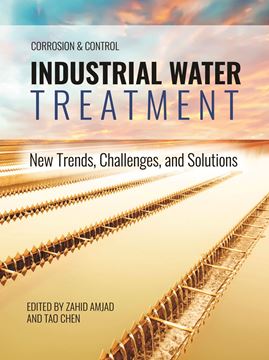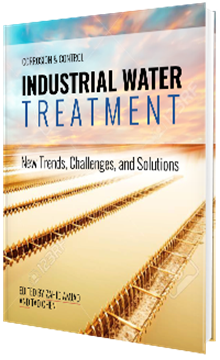Search
Products tagged with 'water/wastewater'
View as
Sort by
Display
per page
Break Reduction/Life Extension for Municipal Water Pipelines
Product Number:
51324-20658-SG
Publication Date:
2024
$40.00
Industrial Water Treatment New Trends, Challenges, and Solutions
Product Number:
37628-pdf
ISBN:
978-1-57590-457-3
$135.00
Industrial Water Treatment: New Trends, Challenges, and Solutions
Product Number:
37628-POD
ISBN:
978-1-57590-357-6
$135.00



